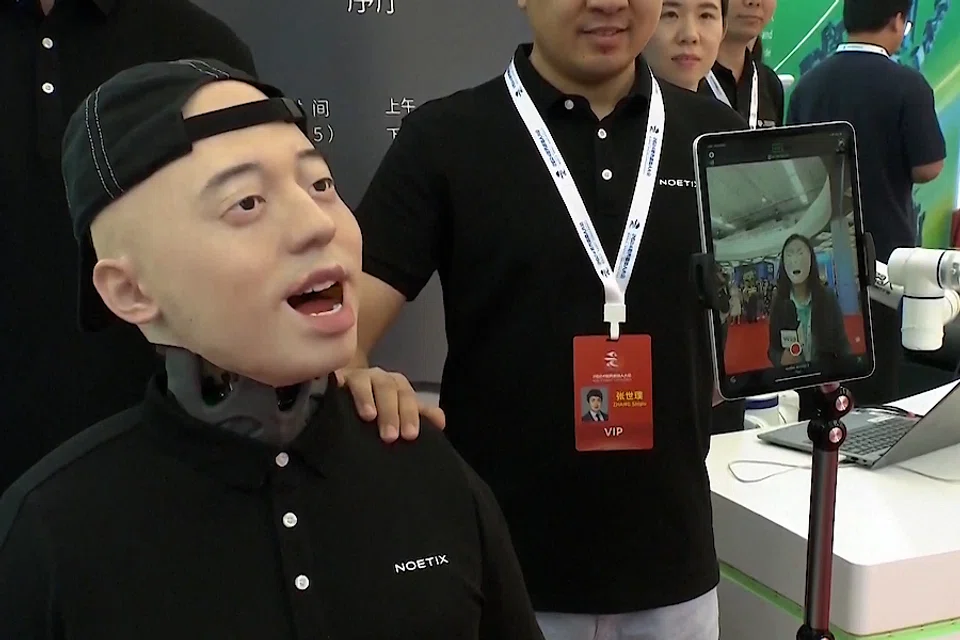[Video] How human can robots become? China’s humanoids push the boundaries
From doing laundry to dancing and even chatting, China’s humanoid robots have made impressive strides — not just in skills but also in appearance. With human-like skin, expressive faces and the ability to hold a conversation, some are more lifelike than ever. So, just how human can they become? ThinkChina’s Yi Jina finds out.

Humanoids, the fusion of AI and robotics, are bipedal robots designed to replicate human abilities and appearance. While mass deployment of humanoid robots won’t be immediate, China and the world are making significant progress.
Chinese firms are developing humanoid robots for household tasks. For instance, UniX AI’s Wanda can do laundry, fold clothes, cook and even serve as a barista. With remote-control functions and the ability to lift heavy objects, they offer crucial elderly care. Some can even perform basic medical diagnostics and hold conversations. Xu Bin, general manager of the Shanghai-based National and Local Co-Built Humanoid Robotics Innovation Center, expects them to navigate complex home and service environments within five to ten years.
China’s humanoids are also excelling in sports and the arts. Booster Robotics has created soccer-playing robots, while Unitree’s H1 humanoids performed the Yang Ge dance alongside humans at this year’s Spring Festival Gala. Astribot’s SI robot can achieve level 10 proficiency in the Chinese dulcimer within hours. These advancements demonstrate the potential for humanoids to open new possibilities in entertainment and athletic training.
So, just how human can China’s humanoids get? Noetix has developed robots capable of mirroring over 30 human facial expressions in real time. Ex-Robots’ Xiao Qi and other bionic humanoids are designed to look, act and talk more like humans. With the ability to comprehend their surroundings and respond to human requests, humanoids are ideal for home and service use.
Beyond appearance, their physical abilities are also rapidly nearing human levels. Tien Kung, created by the National and Local Co-Built Embodied AI Robotics Innovation Center, is China’s first independently developed humanoid and also the world’s first full-size, purely electric-driven humanoid. In February, it became the first of its kind to run along a riverside and climb over 100 stairs to summit a hill — an outdoor breakthrough, according to its developers.
But “realistic” could be an understatement — these humanoid robots could exceed human abilities. Developers envision humanoids with enhanced sensory perception, such as seeing through walls, operating in micro-nanometer environments and working in extreme conditions where humans shouldn’t.
With strong government backing and major investments, China is accelerating humanoid development. Wang Feng, director of research and development at Ex-Robots, said, “In terms of hardware, China holds advantages in production, manufacturing, iteration speed and cost. When it comes to software, particularly in artificial intelligence technology, the gap between us and the rest of the world is not significant. However, we do need to catch up in terms of computing power and the availability of AI talent.”
As technology advances and production scales, costs will drop, bringing China closer to a future where humanoids walk among its people. By 2029, China’s humanoid robot market is projected to reach 75 billion RMB, capturing 33% of the global market share, according to a report released at the First Chinese Humanoid Robot Industry Conference in April 2024.





